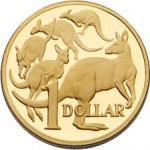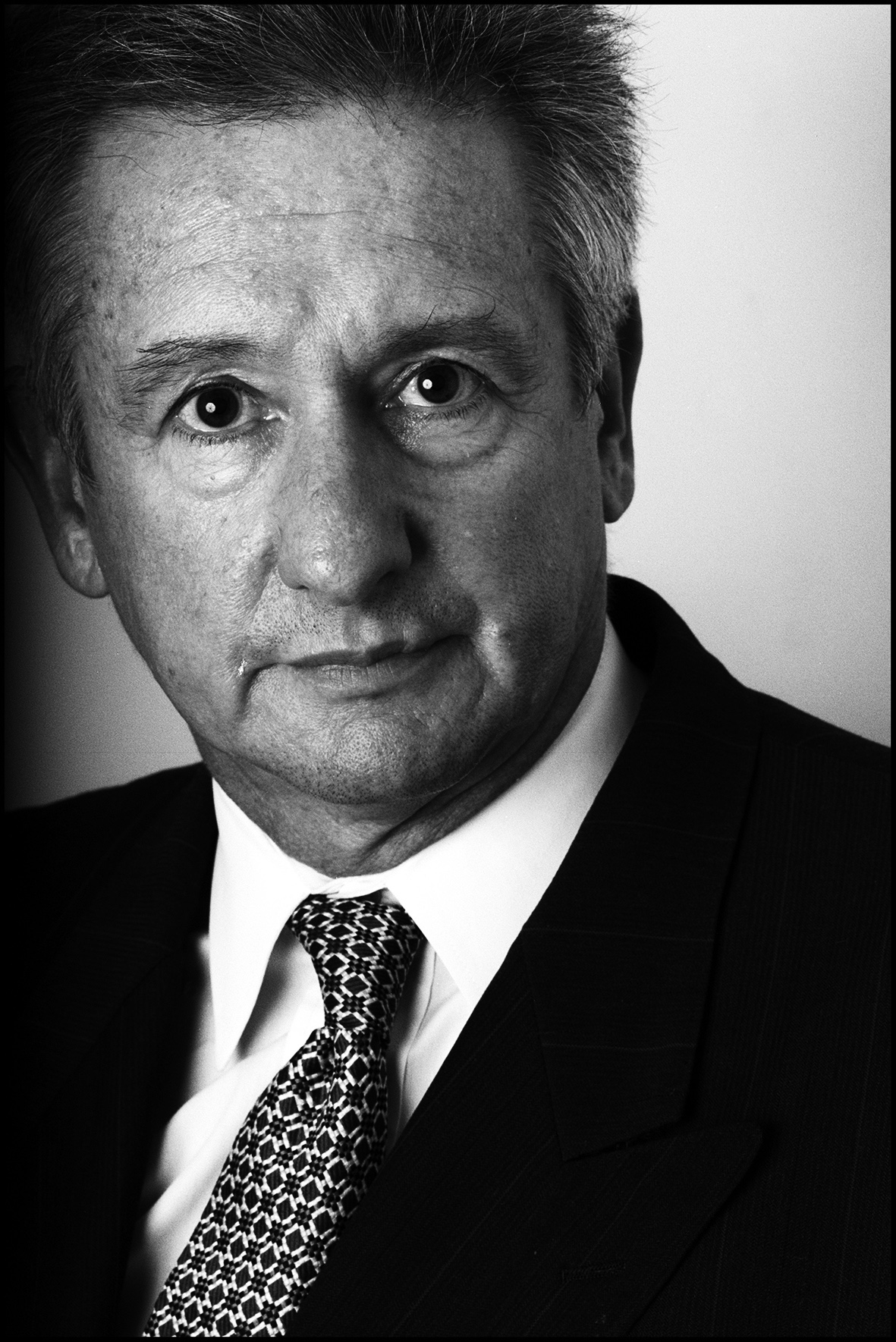DATA NEWS We love data!
A little good news on the economy?
Depending on your point of view there was good news and bad news in the latest Reserve Bank’s notes following on from its latest board meeting where it kept interest rates on hold at 2 per cent.
While acknowledging that annual economic growth might be slightly lower than expected, in line with Treasury forecasts, and admitting that China’s still posed a disruptive threat to Australia’s outlook, on most other indicators you would have to say it was sanguine to slightly optimistic.
Here are some of the key quotes:
* GDP growth has been somewhat below longer-term averages for some time; business surveys suggest a gradual improvement in conditions in non-mining sectors over the past year. This has been accompanied by stronger growth in employment and a steady rate of unemployment.
* Inflation is low and should remain so, with the economy likely to have a degree of spare capacity for some time yet.
* The exchange rate has continued its adjustment to the evolving economic outlook
* The pace of growth in dwelling prices has moderated in Melbourne and Sydney over recent months and has remained mostly subdued in other cities.
* The global economy is continuing to grow, though at a slightly lower pace than earlier expected.
So in summary the global economy (read China and those countries caught in the oil supply crisis) pose some threats, but on the domestic front the RBA thinks things are looking fairly stable
Of course the RBA reiterated its current theme that the bank was ready to move on interest rates, which have been stable now for 10 months “should that be appropriate to lend support to demand.”
Some observers even felt this indicated that the RBA had moved its hand away from an ‘easing bias’. But in any case with several banks lifting key rates arbitrarily you’d have to wonder what real effect it would have on the economy.
So in summary the RBA was a bit more optimistic than the market expected, highlighting lower unemployment, stronger business lending, and above-average business conditions. If there was a problem it would come from external forces.
 This view of the Australian was followed up by an interview in the AFR with the Bob Baur, chief economist at US-based Principal’s Global Investors in Sydney last week who felt the lowering of the Australian dollar to the high US60c mark was just what the economy needed as it transitioned from the resource economy to one based on services.
This view of the Australian was followed up by an interview in the AFR with the Bob Baur, chief economist at US-based Principal’s Global Investors in Sydney last week who felt the lowering of the Australian dollar to the high US60c mark was just what the economy needed as it transitioned from the resource economy to one based on services.
The Australian economy’s ability to grow in areas including services, housing construction, health care and education has been “amazing,” he said.
His group was also more positive about China’s ability to stabilise its economy than many other international investors, saying Chinese data on such things as retail sales and consumer confidence were encouraging while other indicators were stabilizing.
“Frankly, the Australian economy is doing quite well — it’s amazing how well it has taken this cyclical resource market,” Baur told the AFR.
“It certainly continues to do really better than I would have thought. I guess when you stop to think about it, there are not all that many people employed in resources.”
Australia’s unemployment rate held at a two-year low of 5.8 percent as 129,000 jobs were created in the three months through December.
There is no doubt that the low Australian dollar and virtually little wages growth is making export industries more competitive, though it should be forgotten that there will be more job losses this year in resources and energy, plus the end of the Australian car industry.
The Australian dollar is currently trading around US71¢ with the latest Bloomberg survey of analysts projecting it will fall to US68¢ by the middle of this year and end 2016 at about US69¢.

